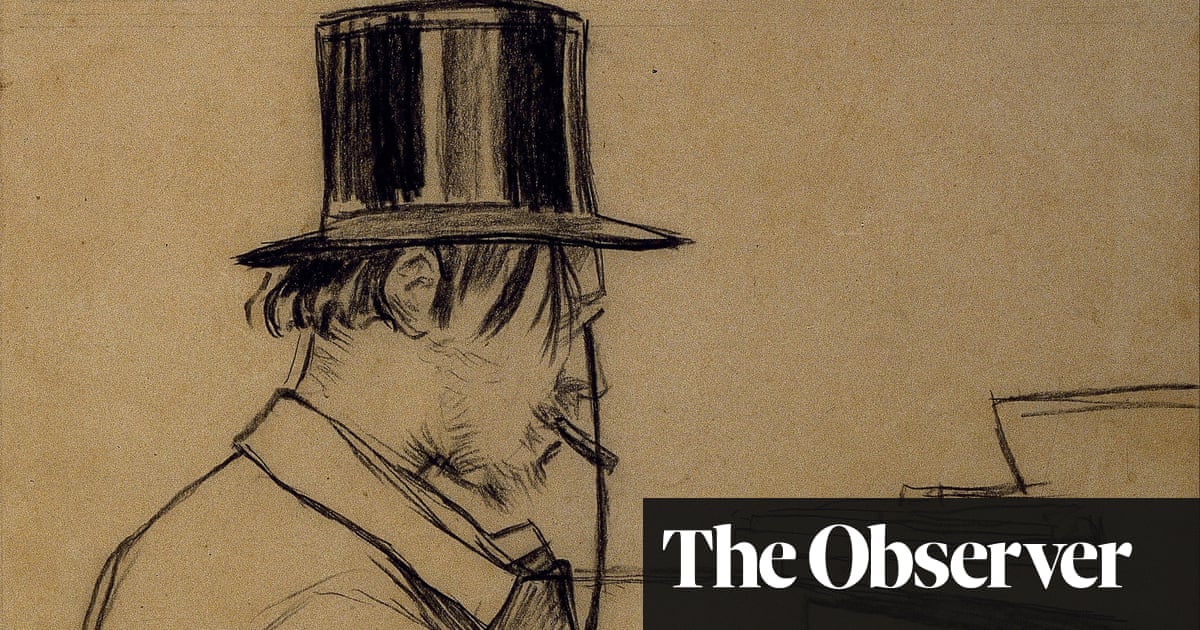Music is extremely difficult to write about. First, because it has no plot, no figures, no images, and second, because it is, as the critic Walter Pater pointed out, the one artform to which all the others aspire. Remember those earnest mini-essays on the backs of album covers, which told us everything and nothing about the piece or pieces we were about to listen to? Ian Penman writes: “As with sex, we inherit a certain language to talk about music which only glancingly reflects how much of it really makes us feel.”
Penman, a journalist, critic and biographer, has written not only for the London Review of Books but also the New Musical Express. To say that he is eclectic in his tastes is an understatement; he gives the same level of consideration to Burt Bacharach as he does to Bach, and along the way puts in a word for the genius of the likes of Les Dawson – that’s right, Les Dawson.
If Penman’s cheery chappiness can at times seem studied, he is for the most part admirably accommodating and affirmative, and always enthusiastic. He has little time for the grand Germanic musical statements of the 19th century, which Erik Satie and Debussy gigglingly referred to as Sauerkraut. Satie is an ideal subject for him, and Three Piece Suite is, as you would expect, a glorious celebration of this most elusive and ambiguous of early 20th-century composers.
Satie was born in 1866 to a French father and a British mother. He studied first at the Paris Conservatoire but left without a diploma; later, he enrolled at the Schola Cantorum and was more successful. For a time he played the piano in a Montmartre cabaret. He had a five-month liaison with the trapeze artist and painter Suzanne Valadon, but lived for the latter part of his life alone in a small and extremely cluttered room in the Paris suburb of Arcueil, making frequent forays into the city, where he became a well-known figure in cultural circles that included Debussy, Ravel, Poulenc, Darius Milhaud and Jean Cocteau. He was a true eccentric, instantly recognisable for his neat grey suits, bowler hat and inveterate umbrella. One Paris wag nicknamed him Esotérik Satie. He drank a great deal, and died of cirrhosis when he was 59. His last words were, so Penman reports, “Ah! The cows …”
He composed mostly miniatures, especially for the piano, his best-known pieces being the Gymnopédies and the Gnossiennes – “They feel as old as sand,” Penman beautifully writes, “but strangely contemporary” – but also wrote what he called a symphonic drama, Socrate, commissioned by Princess Edmond de Polignac, and two late ballets. Penman loves him for his light and humorous touch – “What’s the big problem with happiness?” – and for the depths he managed to plumb by way of seeming superficiality.
Penman situates Satie among the proto-surrealists, along with René Clair and Francis Picabia – “the three amigos” – but distances him from the likes of André Breton, he of the “pursed lips and castigating impulse”. The amigos “proved that it was possible to be radical and lighthearted at the same time”.
However, Satie was at heart solitary – solitary, that is, in the midst of the social whirl. At Arcueil he organised public concerts, took groups of schoolchildren on Thursday afternoon outings, and was, Penman notes, “made a superintendent of the Patronage laïque of Arceuil-Cachan and honoured with a decoration called the Palmes Académiques for services to the community”.
Yet the music, despite its apparent simplicity and sunny surfaces, turns upon inwardness. All true art is enigmatic, but the art of Satie is an enigma hiding in plain sight. His “furniture music”, musique d’ameublement, the composer himself wrote, “will be part of the noises of the environment… I think of it as melodious, softening the noises of the knives and forks at dinner, not dominating them, not imposing itself”. Not to impose: it could be Satie’s musical motto. Disconcertingly, the audiences refused to ignore the furniture. Milhaud reported after one performance: “It was no use Satie shouting: ‘Talk, for heaven’s sake! Move around! Don’t listen!’ They kept quiet. They listened.” But was Satie displeased, really? Was there not here a joke within a joke, a blague within a blague?
Penman associates Satie not only with later composers upon whom he could be said to have had an influence, such as Philip Glass, Steve Reich, John Adams, even Morton Feldman, but also with artists in other forms, the novelist Raymond Queneau, for instance, the choreographer Merce Cunningham and, of course, the painter René Magritte – in the “Satie A-Z” section of the book there is a telling cross reference: “See also: BOWLER HAT; MAGRITTE; UMBRELLA.”
One remarkable aspect of Three Piece Suite is that in its more than 200 pages there is not a single word of adverse criticism of its subject. Ian Penman is of an unfailingly cheerful disposition, which makes his book a delight to read, but you cannot but wonder if he never finds himself even a teeny bit exasperated by Satie’s relentless whimsy, by titles such as Sketches and Exasperations of a Big Wooden Dummy or Three Pieces in the Shape of a Pear, and references in the scores to the likes of “Turkish Yodelling (To be played with the tips of the eyes)”. All the same, who could resist a work of musical criticism that closes with the diary entry “10.8.24. Such a lovely blue sky today”?
